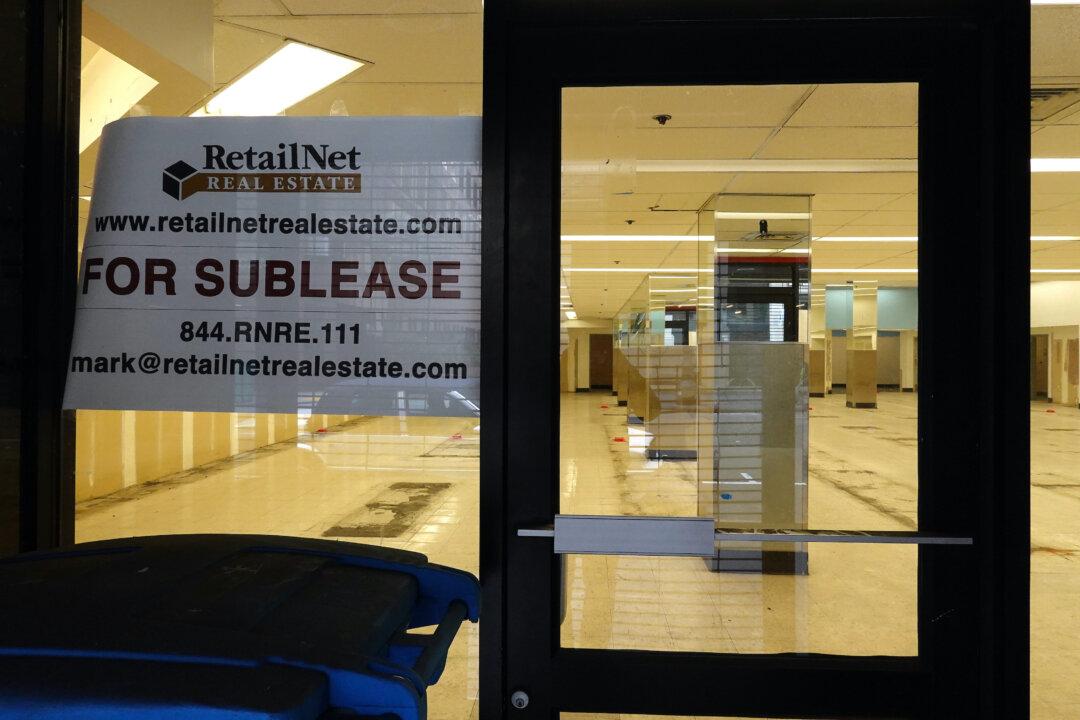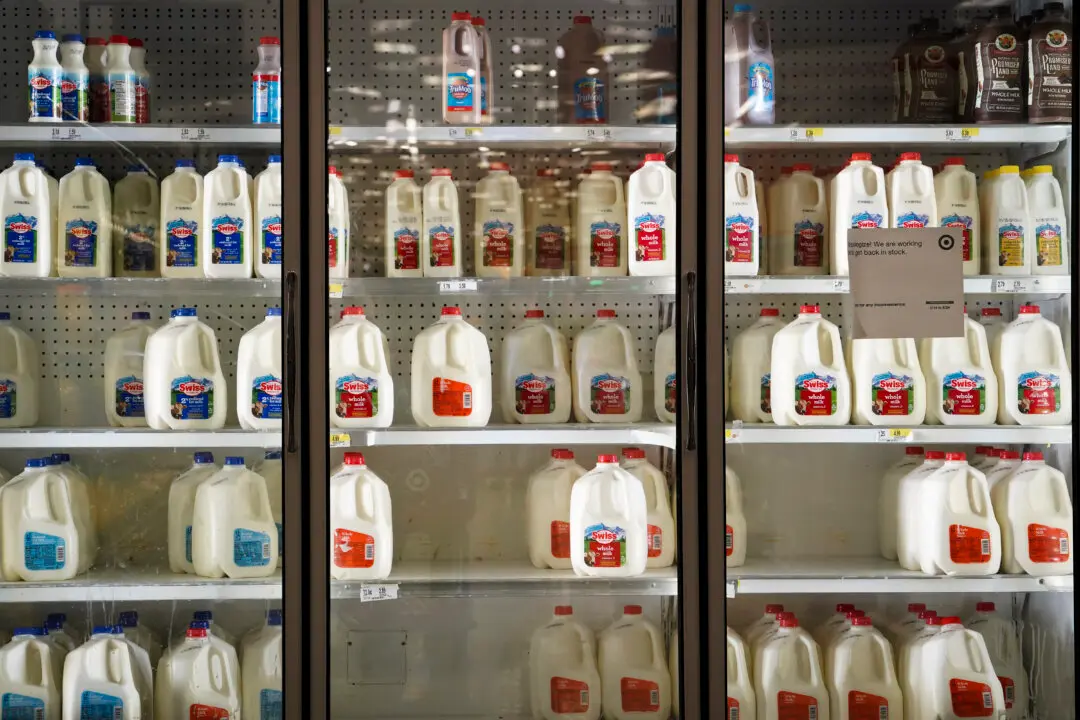Almost one-fifth of offices in the United States were vacant in the fourth quarter, with new office construction last year falling to its lowest level since 2012.
“The national office vacancy rate rose 40 bps to a record-breaking 19.6 percent” in Q4, 2023, according to a Jan. 8 report by Moody’s Analytics. The 40 bps surge “represented the largest quarterly increase since Q1 2021, setting the latest office vacancy 280 bps higher than its pre-pandemic level.” A high vacancy rate is an important business metric as it indicates that conditions are tough for businesses that are likely looking to cut down on office space costs. It can also suggest an oversupply of offices in the market.





